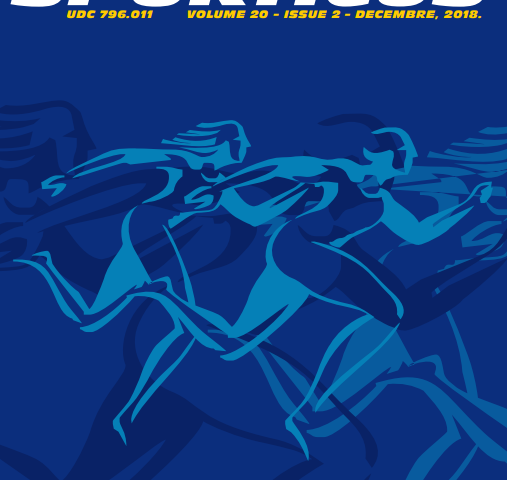Abstract
The problem of research in this scientific paper is based on determining which method of teaching the elements of alpine skiing, with students from 19 to 21 years of age, is more efficient on grounds of two different approaches to the methodology of ski beginners training.
The “classic approach” or the “traditional method” of learning how to ski presents the manner of skiing through particular phases. Such manner of training has a long-standing history and it proved as an efficient manner for bringing the skiing closer to beginners. A “direct approach” to the alpine ski training can refer to any training not including plough or V- position of ski technique.
Based on presented results of arithmetic means of sub-samples from the set of variables with grades of skiing techniques of the group that was taught alpine skiing using the „classic” method, and the set of variables referring to the grades of the group taught by “direct” method, based on the significance of differences tested under the T-test, significant partial differences can be identified for the given parameters contributing to set hypotheses on qualitative differences expressed through medium values of single assessed ski techniques. Research results have contributed to the thesis that a “direct” methodical approach is more efficient in alpine skiing teaching students than the „classic” methodical sequence in the ski training.


